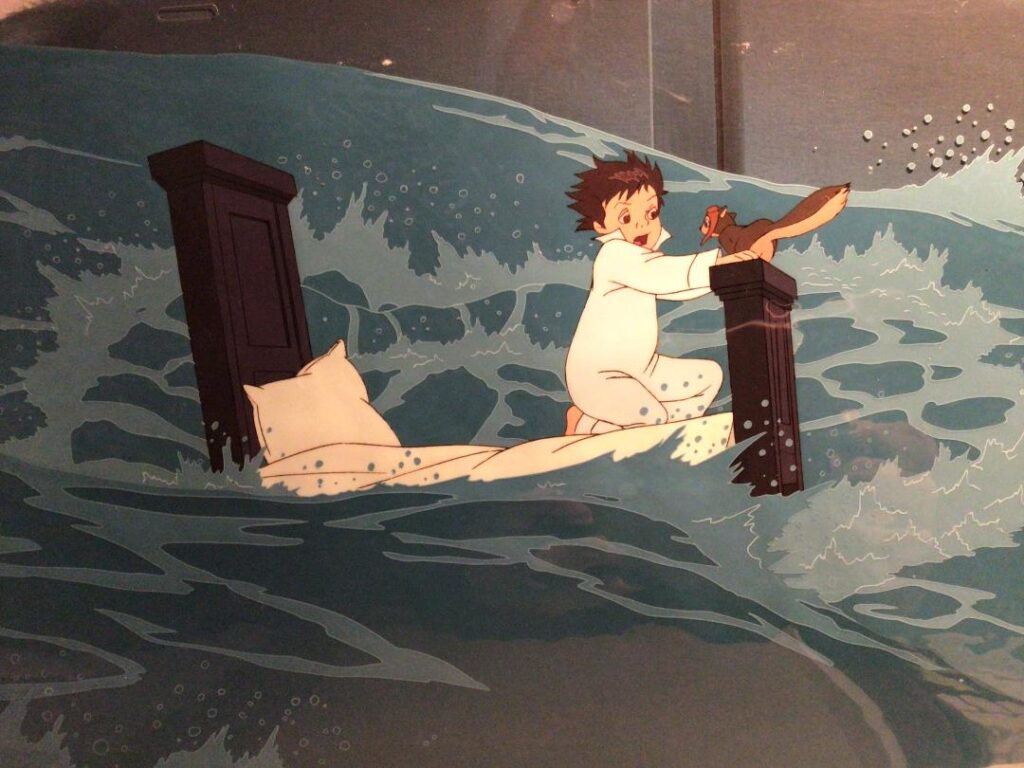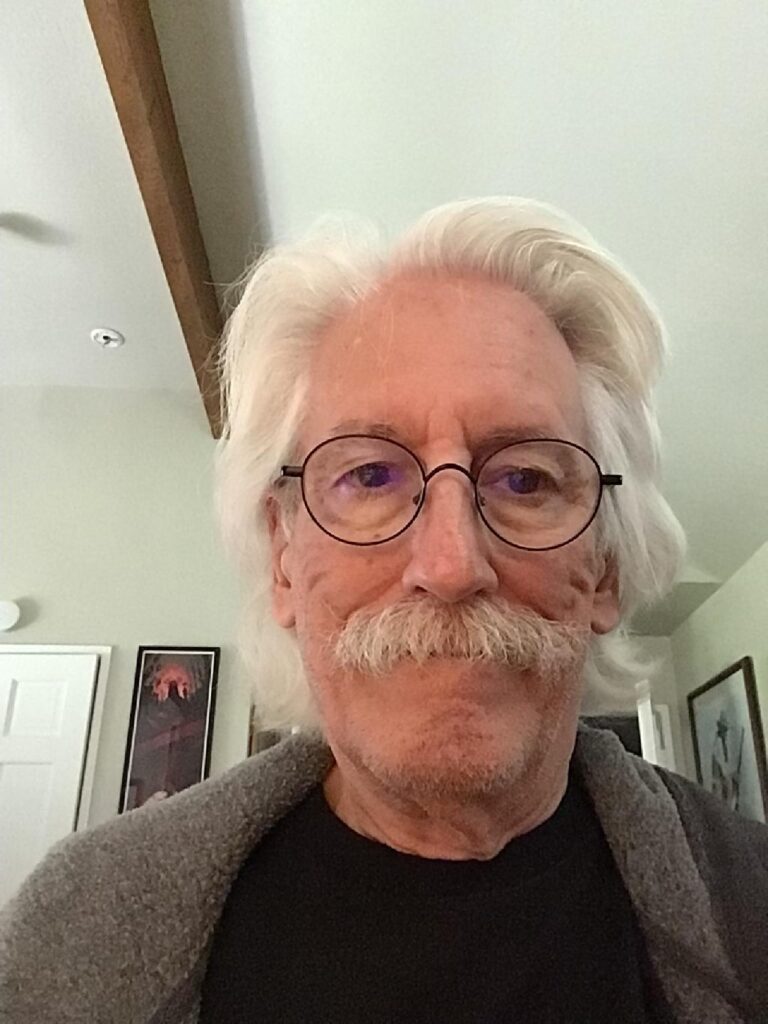
- ARAB NEWS
- 31 Jul 2025

DUBAI: Robert Alvarez is an American animator, storyboard artist, television director, and writer with over 50 years of experience in the animation industry. Alvarez has developed an extensive resume where he has worked on hundreds of productions, mainly for television.
He is best known for his work on multiple shows at Hanna-Barbera and Cartoon Network Studios. He has also worked at other animation studios, such as Disney Television Animation, Nickelodeon, Frederator Studios, and Warner Bros. Animation.
The animator has been awarded six Primetime Emmy Awards and received a total of 25 Emmy nominations for his achievements.
Alvarez told Arab News Japan he liked comic books and cartoons at a young age. “I started riding my bike to studios to pull animation art from the trash. Attaining the art gave me the inspiration to attempt making my own animated films.”

“I have many series that are my favorites. I like ‘Top Cat,’ ‘The Flintstones,’ and all the early Hanna-Barbera cartoons. My favorite animated feature is Disney’s ‘101 Dalmatians.’ I saw that movie for the first time at my parents’ house in 1961. A friend of my mother worked at Disney and she borrowed the film just so I could see it,” Alvarez added.
Alvarez mentioned that he likes Hayao Miyazaki’s animated films. “I enjoy watching videos of Miyazaki working in his studio. I find it interesting how he treats his production crew,” he said.
The award-winning animator started working in 1968 as an in-betweener. “The first show I started on was ‘The Banana Splits’ (1968) for Hanna-Barbera. Because I was working in the right place at the right time, I was fortunate to work on the feature ‘Yellow Submarine’ (1968),” Alvarez said.
Alvarez is known for his work on ‘Little Nemo’ (1989), an animated fantasy feature that was a joint production of Japanese and American animators and production companies, with Tokyo Movie Shinsha (TMS Entertainment) being the main production company behind it.
“I don’t recall who contacted me to work on ‘Little Nemo.’ The best part of working on that movie was I got to work with Bill Hurtz. He was a teacher of mine from when I was at Chouinard,” Alvarez said.
“Hurtz had a small studio in his backyard. Working with him was the same when he was my teacher. He was very friendly. For me, the work on ‘Little Nemo’ was freelance-based and I treated it the same as any other work I would have done and it was a pleasant experience,” he added.
Japanese animation studios (i.e., Tokyo Movie Shinsha, Toei Animation, etc.) have been known for working on various western animation projects such as ‘Inspector Gadget,’ ‘Ulysses 31,’ ‘Mighty Orbots,’ ‘Bionic Six,’ and more.
Alvarez shared exclusively with Arab News Japan his experience working on Japanese animation-related projects, saying: “My connection working with the Japanese studios at that time was very indirect. When I did work for Disney TV animation, I worked only with the American artists. The same thing is true with the other shows that I did sequence directing for TMS Entertainment. I have always worked with an American supervisor. I liked very much what TMS Entertainment did for the American shows. In my opinion, they produced the best TV animation at that time.”
About his recommendations for those who want to be animation artists or work on animation projects, Alvarez said, “The first thing I would tell young artists is to learn to deal with rejection. Everyone gets rejected at some point, either trying to get their first job or during their career. I was rejected by various studios when I was attempting to get my first job in 1967. Young artists must have discipline, some talent obviously, and a degree of luck. You must be willing to put in many hours of drawing.”
“If you can do more than one job in animation, like storyboards and character design, then you will be more valuable to a studio. Keep in contact with your friends who are already working in animation. A lot of job recommendations come from friends who have worked with you on previous shows. Try not to make anyone dislike you for at least the first 20 years of your career. Be willing to take criticism. whether you agree with it or not. Lastly, be willing to pass on your knowledge to young artists who are struggling to get into animation.”
Alvarez retired in August of 2023 due to the changing animation industry and health issues.